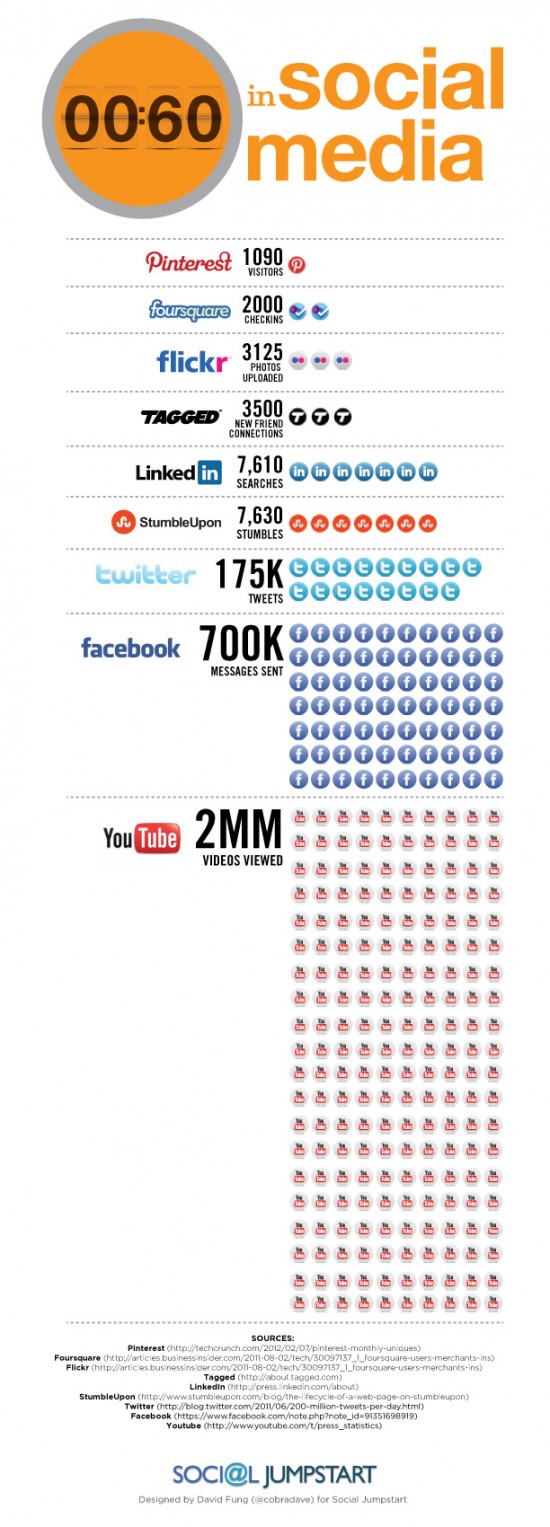Principles of Creative Leadership
By: Ryan May
When properly managed, creativity can be found in any employee, regardless of the job description. On the whole, creative people typically fall into a variety of categories, ranging from those who are quick and dramatic to people who are careful and quiet. But one thing remains true of all: most creative ideas are not flashes of inspiration in an individual’s head but rather come from how people identify, create, store, share and use the knowledge they’re exposed to in their surrounding environment.
And fostering that environment (not the act of creativity itself) is the task of creative leadership.
Defining Creativity
According to the Snowflake Model of Creativity, developed by Professor David Perkins of Harvard University, there are six common traits present in creative people:
1. Strong commitment to personal aesthetics
2. Ability to excel in finding solutions
3. Mental mobility
Read more … @ http://www.businessdictionary.com/article/669/principles-of-creative-leadership/


